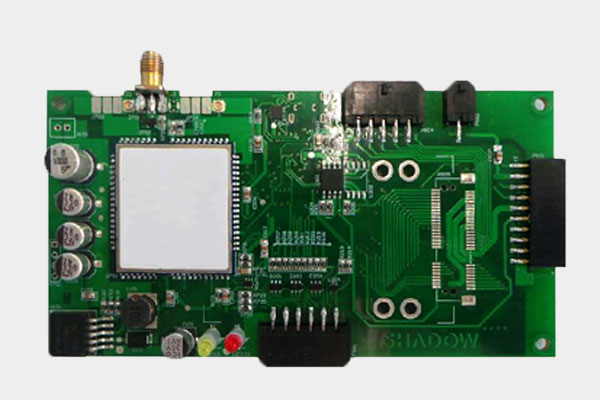About us
FASTPCBA Co.,Ltd
-
 Building 1, Senyang Electronic Technology Park, Guangming High-tech Park, Yutang Street, Guangming District, Shenzhen City.
Building 1, Senyang Electronic Technology Park, Guangming High-tech Park, Yutang Street, Guangming District, Shenzhen City.
-
 F:86-13418481618
F:86-13418481618
-
 pcba13@fastpcba.cn
pcba13@fastpcba.cn
 date:2018-11-02 10:50:00
date:2018-11-02 10:50:00
First of all, the default choice is 50 ohms, and everyone in the industry accepts this value. In general, it is definitely a certain standard that has been developed by a recognized organization. Everyone is designed according to standards. A large part of electronic technology comes from the military. The first technology is used in military use, and it is slowly converted from military to civilian. In the early days of microwave applications, during the Second World War, the choice of impedance was completely dependent on the need for use, without a standard value. As technology advances, impedance criteria need to be given in order to strike a balance between economy and convenience. In the United States, the most used conduits are connected by existing gauges and water pipes. 51.5 ohms are common, but the adapters and converters seen and used are 50-51.5 ohms; these are solved for the joint army and navy. The problem was that an organization called JAN was established (later the DESC organization), which was specially developed by MIL. After comprehensive consideration, it finally chose 50 ohms, and the related conduits were manufactured and converted into various cables. Standard. At this time, the European standard was 60 ohms. Soon after, under the influence of the industry-dominant companies like Hewlett-Packard, the Europeans were forced to change, so 50 ohms eventually became a standard in the industry. It became a convention, and the PCB connected to various cables, in order to match the impedance, was finally required according to the 50 ohm impedance standard.

 Building 1, Senyang Electronic Technology Park, Guangming High-tech Park, Yutang Street, Guangming District, Shenzhen City.
Building 1, Senyang Electronic Technology Park, Guangming High-tech Park, Yutang Street, Guangming District, Shenzhen City.
 F:86-13418481618
F:86-13418481618
 pcba13@fastpcba.cn
pcba13@fastpcba.cn